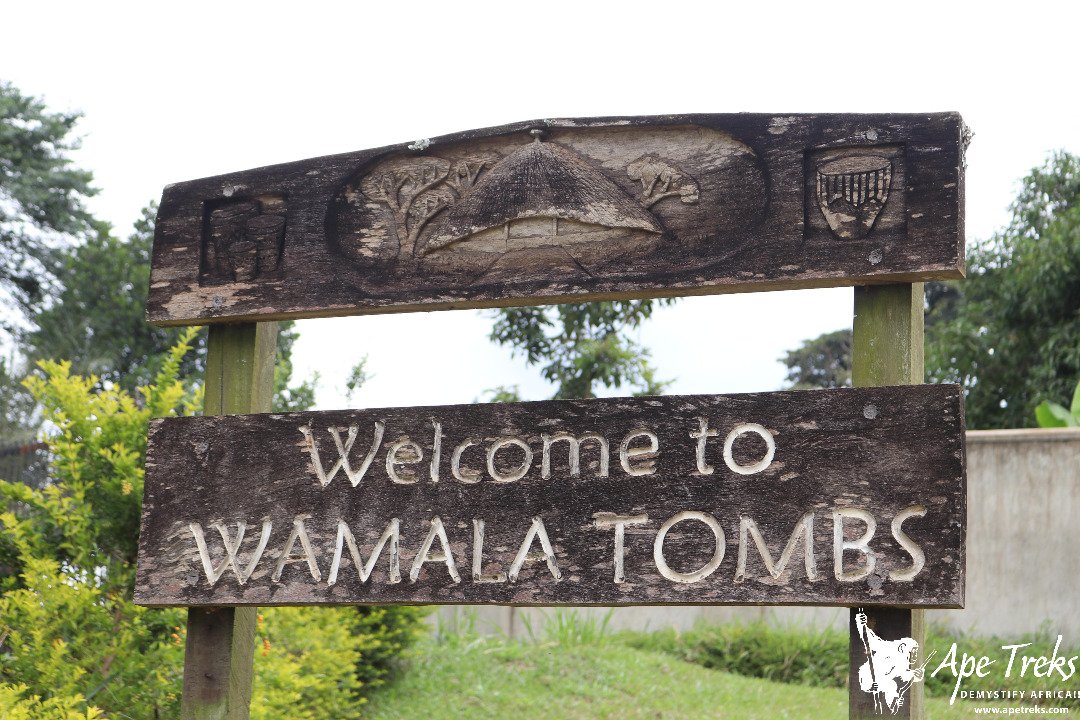WORLD CITIES DAY: CELEBRATING KAMPALA’S TOURIST ATTRACTIONS
October 31, 2022 was World Cities Day. To mark the day, the Inclusive Green Economy Network-East Africa (IGEN-EA) shares information about Kampala’s rich touristic sites with a view of promoting tourism in the city.
According to National Day Today, the aim of World Cities Day “is to … push for global cooperation in sustainable urban development.”
“World Cities Day aligns with the UN’s Sustainable Development Goal 11 [on] Sustainable Cities and Communities — which deals with urban development sustainably.”
INTRODUCTION
Ever been curious about the origins of the names of various places in Kampala? Several places in the city are named after natural resources. Kampala itself was named after the Impala as the animals were found in the city.
Places such as Kiyembe, Kiwaffu, Nsambya and others in Kampala are named from natural resources such as trees.
For example, Kiyembe is named after a big mango tree that used to be located in Kiyembe lane, a place that is famous for tailoring services.
Nsambya used to be a forest that was populated with misambya trees. Neighbouring areas such as Lukuli-Makindye were home to the same trees.
Unfortunately, a lot of Kampala’s natural heritage was lost due to the pressures of urbanisation. While the above may be the case, the city’s cultural heritage still largely exists.
This heritage should be further harnessed to promote tourism, for inclusive and sustainable employment especially for the youth.
KAMPALA’S TOURISM ATTRACTIONS
What are Kampala’s tourism attractions? Some are discussed below:
Lubiri: A number of tourist attractions in Kampala relate to Buganda Kingdom, a kingdom covering central and parts of southern Uganda. The kingdom was established in the late 14th century when several chiefs came together under the leadership of Ssekabaka Kintu, Buganda’s first King. The kingdom’s capital was located in present day Kampala and a number of the kingdom’s well-known and less-known cultural assets are found in the city.
Among these is the Lubiri, or the palace for the Buganda King (Kabaka). The Lubiri in Mengo was the main palace for some Buganda Kings until it was raided by the then-president Milton Obote in 1966. When cultural kingdoms were restored by President Yoweri Kaguta Museveni in 1993, the Lubiri became a touristic attraction.
A visit to the Lubiri will enable one to learn about the pre-colonial, colonial and post-independence history of Buganda. Guides tells tales of the kingdom’s various kings, key moments from the kings’ reigns, where the kings are buried and others. The kingdom’s dark history following the 1966 raid of the Lubiri by Obote and others are also shared with tourists.
An armory and torture chamber that was established by Uganda’s former president, Idi Amin Dada, can also be seen at the Lubiri. The armory was established at the palace during the period when cultural institutions’ properties were taken over by the Ugandan governments.
Bulange: About 1.6km from the main gate of the Lubiri is Buganda Kingdom’s parliament, Bulange. Bulange was designed to look like a Scottish building whose plan the-then Buganda King, Ssekabaka Edward Muteesa II, saw while in Scotland. The building, whose construction started in 1953, was completed in 1958. The building continues to be used todate.
Royal mile: Buganda is made up of 52 clans and between the main gate of the Lubiri as well as Bulange is a royal mile. The mile is dotted with artistic impressions of Buganda’s clans. A good tour guide can tell tourists about these various clans which came together to form Buganda Kingdom.
Wamala tombs (Amasiro g’e Wamala): The Wamala tombs, a sacred site that has existed for over 100 years, are located about 30 minutes outside Kampala, in the neighbouring Wakiso district. The 29th King of Buganda Kingdom, Ssekabaka Ssuna II, is buried at these tombs. When one visits the tombs, one will hear about how Ssekabaka Ssuna was the first Buganda King to host a foreigners (Arabs) such as Ahmed Bin Ibrahim.
One of the King’s wives, Muganzirwazza, admired the Arabs who had visited the King. When Ssekabaka Ssuna heard about this, he gifted Muganzirwazza to the Arabs. Bin Ibrahim and the others travelled with Muganzirwazza to Zanzibar, where she was gifted to the then-Sultan of Zanzibar, Sultan Sayid Barghash Bin Said Al-Busaid.
She gave birth to a boy, Khalid Bin Barghash, who became the 6th Sultan of Zanzibar. He ruled for only 12 hours. Muganzirwazza was also the mother to Kabaka Muteesa I, the 30th King of Buganda. Muganzirwazza was therefore the mother of two kings.
Other tourist attractions: Other tourist attractions in Kampala include the Uganda National Mosque at Old Kampala, Baha’i temple as well as the Rubaga and Namirembe cathedrals. At the cathedrals, the histories of the Catholic and Anglican faiths in Uganda respectively, are told. The beautiful Uganda National Mosque is also the largest in East Africa.
Yet other attractions include the Uganda museum where “one can see ethnological and natural-historical exhibitions” of Uganda as well as Ndere Troup Centre, where Uganda’s iconic cultural music and dances are showcased.


